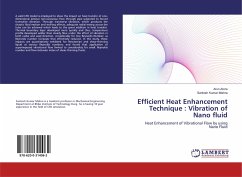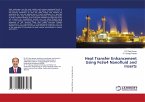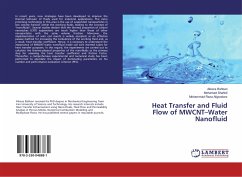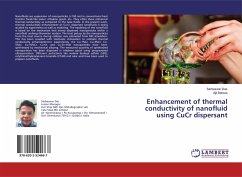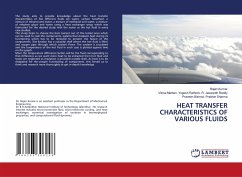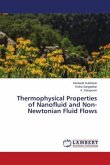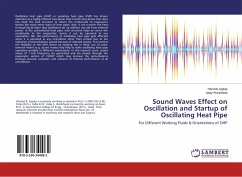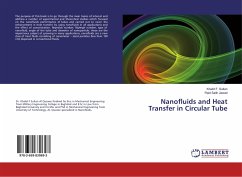A valid CFD model is employed to show the impact on heat transfer of one-dimensional laminar non-isoviscous flow through pipe subjected to forced transverse vibration. Through transverse vibration, which produces the chaotic fluid motion and swirling effects, adequate radial mixing across the tube can be achieved which leads to the great addition in heat transfer. Thermal boundary layer developed more quickly and thus, temperature profile developed wilder than steady flow under the effect of vibration in both radial and axial direction, considerably for low Reynolds Number; as Reynolds number increases that effectively reduced. In this study, these impacts are quantitatively exhibited for Newtonian and shear-thinning liquid at various Reynolds numbers; and found that application of superimposed vibrational flow limited to considerably for small: Reynolds number and flow behavior index of shear-thinning fluids.
Bitte wählen Sie Ihr Anliegen aus.
Rechnungen
Retourenschein anfordern
Bestellstatus
Storno

